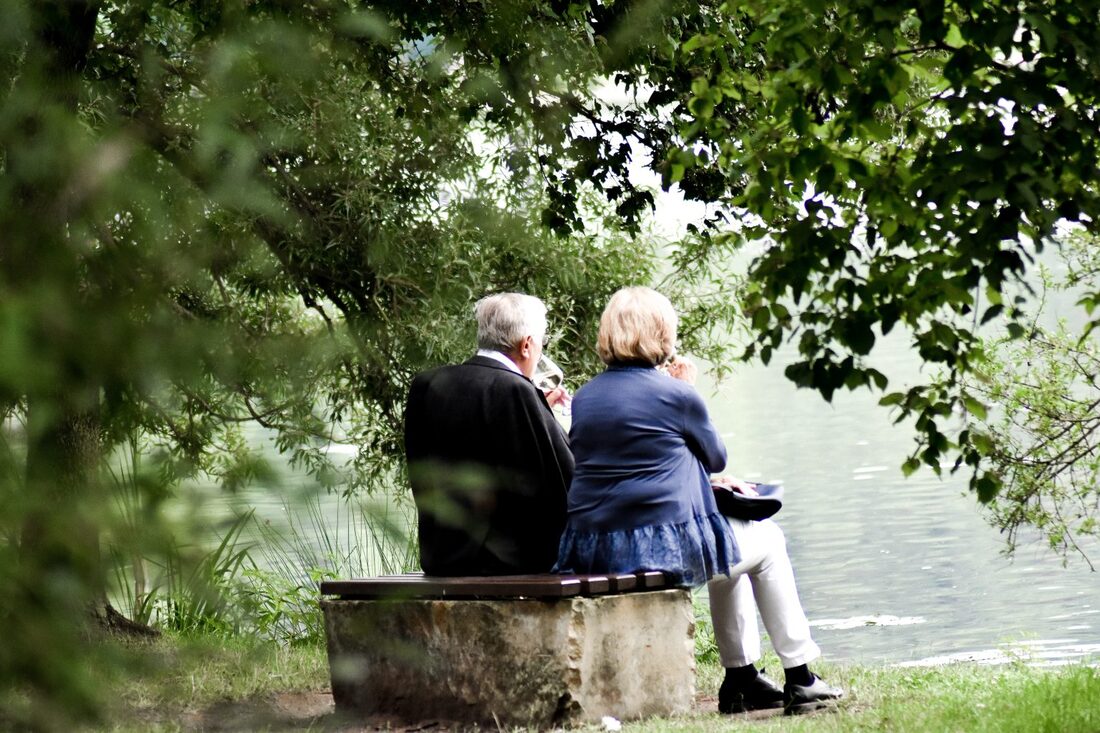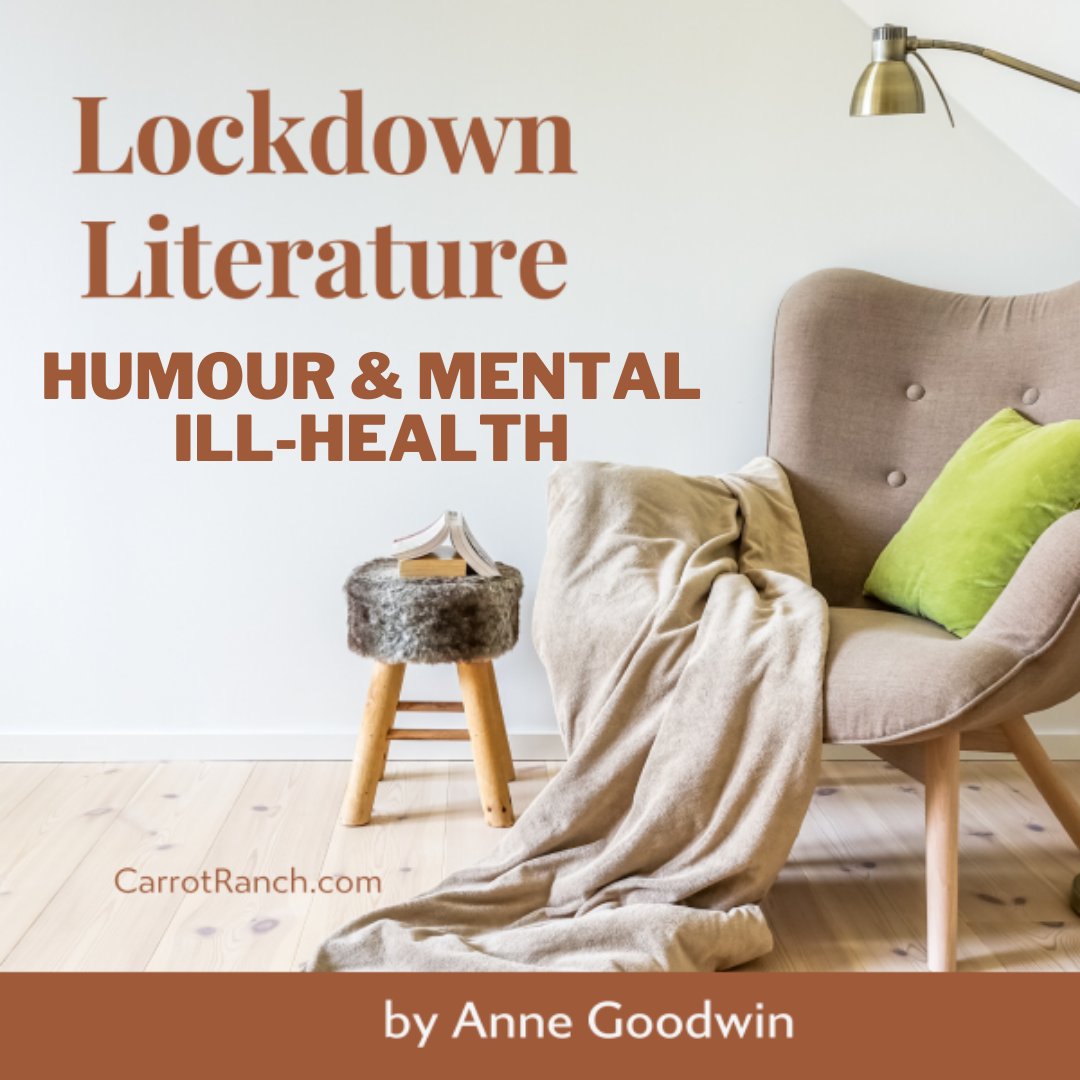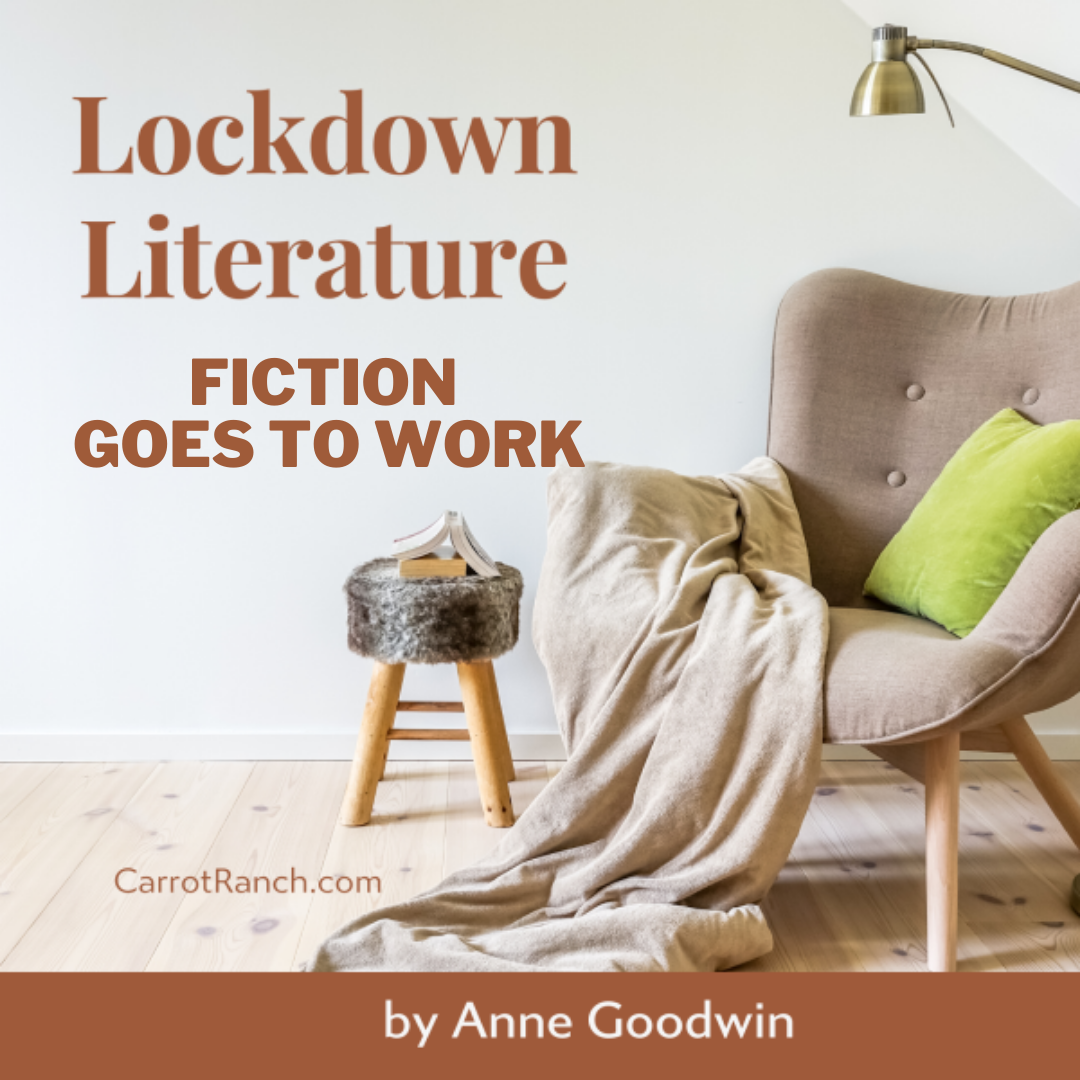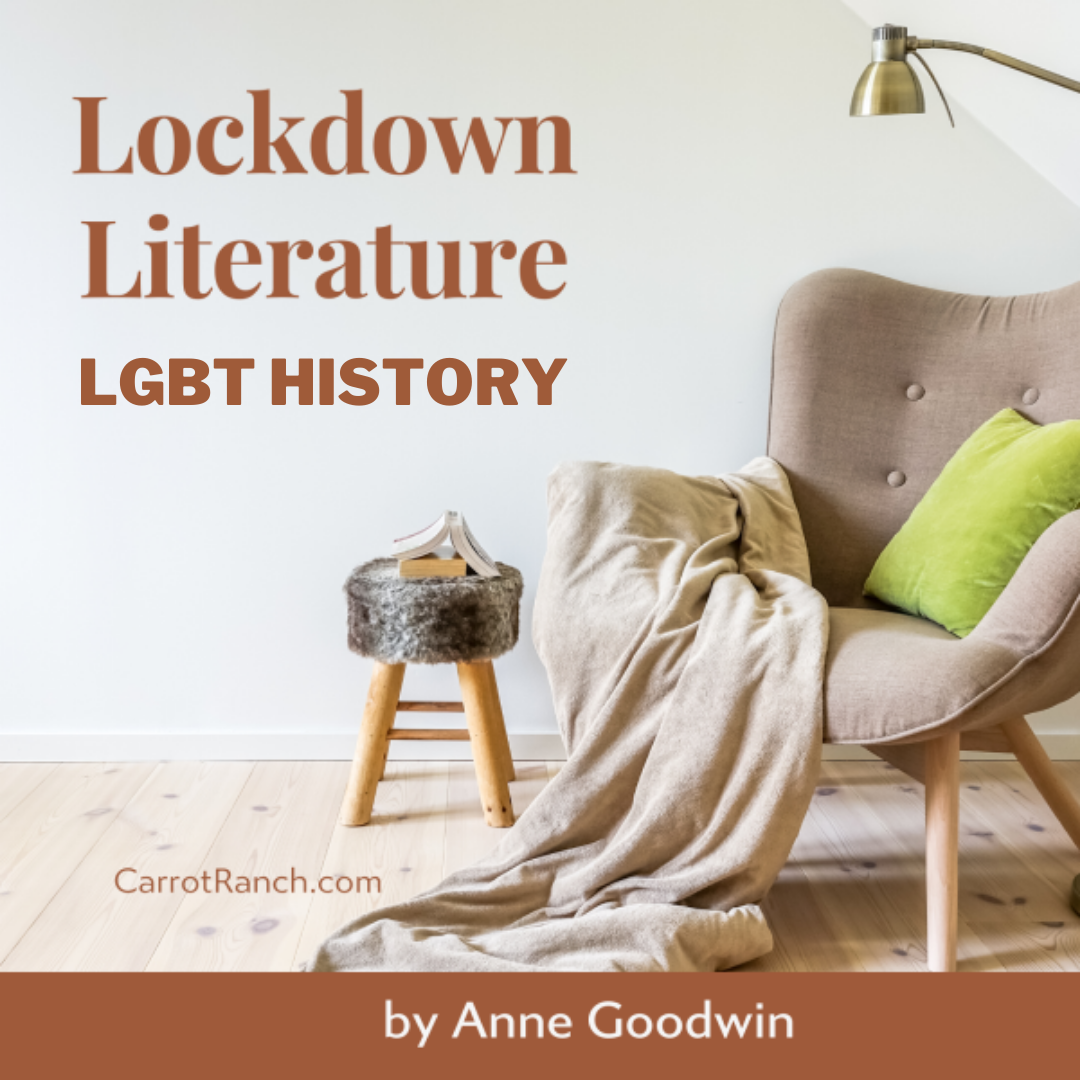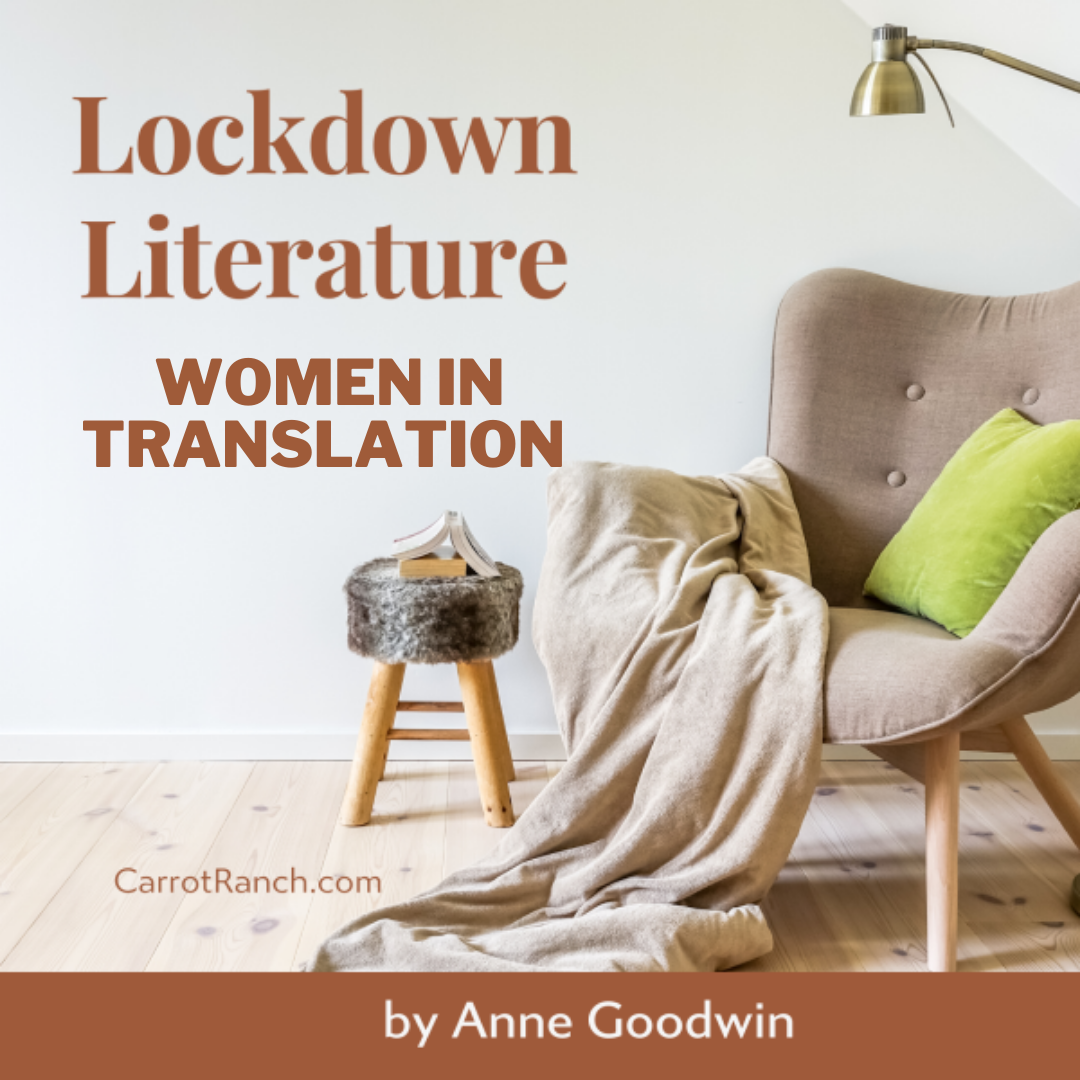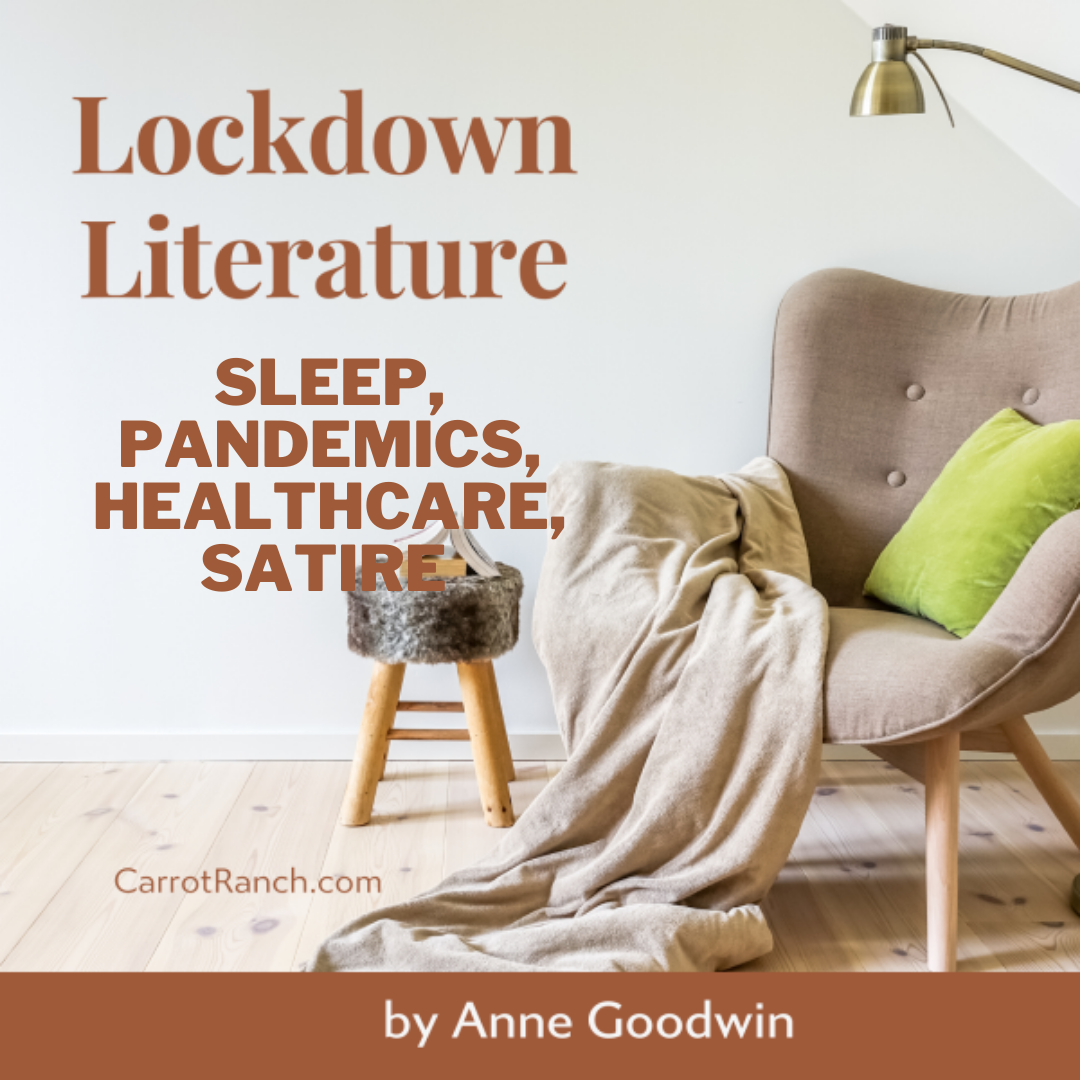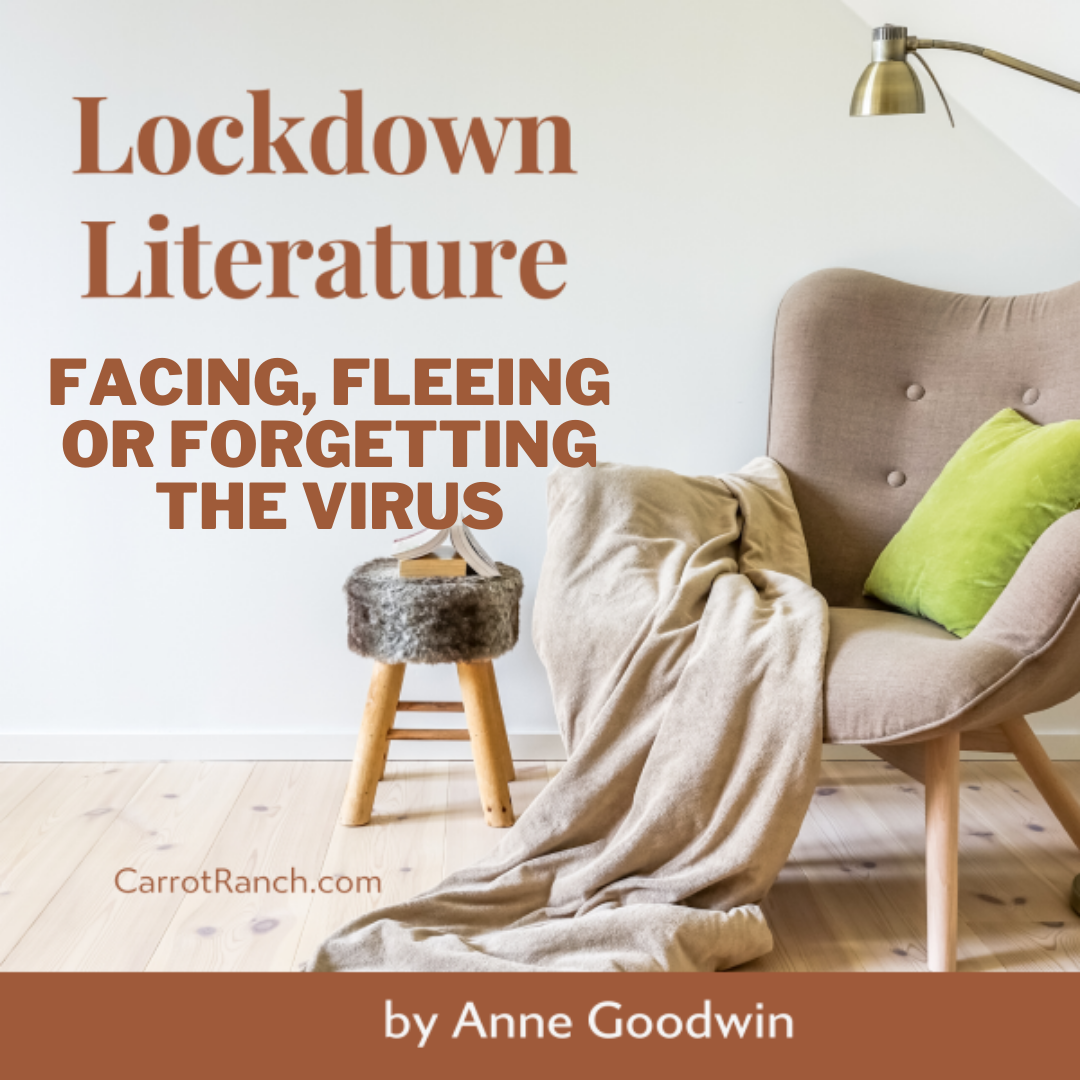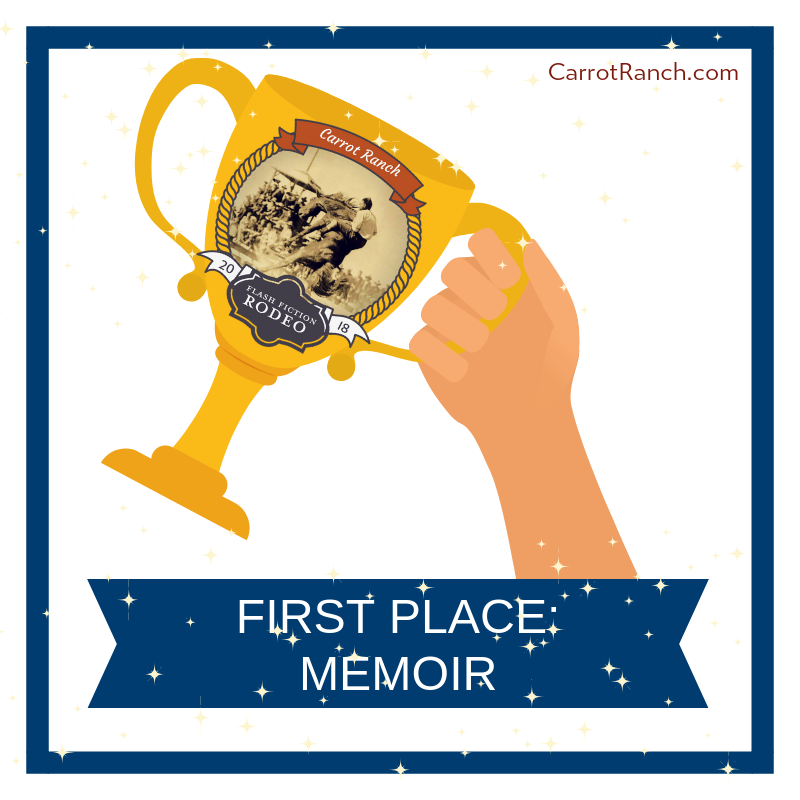| In early 1952, a new preacher arrives with his teenage son in a small town in northern Vermont from across the border in Montréal. Walt Andrews is hard-working, intelligent, friendly and enterprising. As a bonus, he’s good at sport. Most of the congregation is happy with his appointment, although some are offended by the colour of his skin. |
Welcome
I started this blog in 2013 to share my reflections on reading, writing and psychology, along with my journey to become a published novelist. I soon graduated to about twenty book reviews a month and a weekly 99-word story. Ten years later, I've transferred my writing / publication updates to my new website but will continue here with occasional reviews and flash fiction pieces, and maybe the odd personal post.
On trial for murder or the colour of his skin? A Stranger in the Kingdom by Howard Frank Mosher5/1/2024
4 Comments
Here are two moving recent reads about families confronting a life-changing decision by one of their members and the changes they must make to accommodate this. The first is a trans novel published in 2015 which I’ve only just discovered; the second is a story I loved when I first read it on its publication in 2002.
Two recent reeds that made my 2023 favourites list, tentatively linked by being partly set in countries emerging from oppressive political regimes. The first was more straightforward than the second, but both made me think.
I was unsure how – or whether – I’d connect these two recent reads until I was pondering my response to this week’s flash fiction challenge. Although very different stories, both address how difficult it can be to find an escape route from repeating patterns of self-destructive behaviour. In the first, a woman approaching middle age faces up to her tendency to fall into abusive relationships. In the second, a young man admitted to a psychiatric ward wonders if his own future is written on the faces of his fellow patients, stuck in a cycle of relapse and remission. The wheels keep turning – will they manage to jump off?
I’ve recently read a historical novel and a contemporary YA novel featuring fostered girls. In the first, it’s idyllic, especially in contrast to the institution she’s sent to at the age of six. In the second, it’s more problematic with a foster mother who can’t put her own needs aside to support the child in her care.
Two novels about women whose identities stem from the supernatural: the first, a vampire who moves to London to work in a gallery; the second, a traditional healer in rural Mexico and the journalist who wants to write her story.
These novels – the first contemporary YA; the second historical fiction – address radically different responses to mental health issues wrapped up in page-turning stories. I enjoyed them both in different ways.
Do you remember that song about the sisters, devoted to each other … unless a man should come between them? Here are two versions of the novelisation of that story. In the first, set primarily in the Philippines, the two daughters of a former dissident compete for the affections of a powerful man. In the second, a YA dystopian novel, thirty teenagers who’ve been raised together, and think of each other as sisters, also hope to be chosen a high-status man. In both cases, their position is bleak, but the culture and politics of the society they inhabit render the alternative bleaker still.
Let me present two chunky novels, both published in the UK on 3rd February, about which I had some reservations but came to love. Despite a decade’s difference in age between the novels’ protagonists, both are coming-of-age stories in which an unexpected kind of love – or unconventional for their particular communities – teaches these young women about family, ambition, identity and themselves.
Here we have two novels about (celebrity, and the darker side of men whose virtue is part of their fame. In the first, translated from the Italian and set in Rome, an author, teacher and public intellectual can never completely relax into his positive reputation for fear a secret he shared with a former lover will be revealed. In the second, set in New York and rural Tamil Nadu, a young man brought up to believe he’s a living god has to decide whether to continue in the role his father and his followers have given him when he discovers the truth about himself.
Well, what do you know? I can’t recall when I last read a novel featuring a kidnapping, and then two come along at once, both published (in the UK at least) on the same day (May 6). It’s worth noting, however, that I wouldn’t have flagged them as kidnap stories if I were posting these reviews individually. But it does distinguish them from the many other novels I might read about friendship and women’s lives from childhood to middle age. The first is set in the USA and the second in Nigeria and, if either sounds like your kind of story, don’t hesitate to get yourself a copy.
These two recent rereads focus on older characters who have been diminished by their culture’s punitive attitudes to their sexuality. In the first, a contemporary Londoner has hidden his love for his closest friend on account of the Caribbean community’s homophobia. In the second, a woman has been ostracised in twentieth-century Ireland because of the misogyny and genophobia among the powerful Catholic clergy. Yet a degree of redemption is offered to the characters, albeit late in life.
These two novels are about women over forty for whom life has lost its sparkle, partly due to marital infidelity and an empty nest. The first is a nuanced portrayal of contemporary middle age, set in Paris; the second is a shallow glimpse at widowhood and fear of ageing, set in the 1980s on England’s south coast.
I’m sharing my reflections on two novels, published a few years ago about retired schoolteachers who are forced to reappraise aspects of their pasts. Julia Garnet, a former history teacher in South London, has her epiphany in Venice; former maths teacher, Olive Kitteridge, stays in her home town in Maine. Both women have hidden their vulnerabilities beneath a steely shell. Both demonstrate it’s never too late to learn.
These two recent reads are narrated by girls whose young lives are blighted by parental conflicts, secrets and lies. We follow them over a period of years: Tatty, the middle child of a largish Dublin family, from around three to twelve, which is the age that Giovanna, an only child, begins to learn to navigate her home city of Naples.
I recently read very different two novels with a supernatural element and a forest setting where nature cannot be ignored. The first is a meditation on our collective fragility involving a fantastic – in the literal sense – bird. The second is a psychological suspense story about a family and community haunted by a young mother’s disappearance a decade before.
I recently read two novels set in England almost a century apart about young women returning to their parents after their marriages break down. Unfortunately for both of them, their childhood homes are stepping stones to something more terrifying than the confidence lost from relationship failures: in the first, Grace spends months on the streets; in the second, Clara is confined to a dismal mental institution.
The young protagonists of these two novels are worlds apart in time, geography and social class and expectations. The first is a Hungarian translation about a girl sent to an elite boarding school during the Second World War; the second is a fantasy about a street kid trying to rise above his physical and social disadvantages. Both feature endearing teenagers grappling courageously with injustice and, in the process, learning about themselves.
I’ve recently read two alternative histories about what we do with the darker or unwanted parts of ourselves: how we reveal them to, or hide them from, ourselves and others; how societies develop rituals to manage the exposure and cleansing; how power effects what’s allowed. If that sounds overly intellectual, don’t worry; both of these have story at the heart.
It is a truth universally acknowledged that a mother in fear of penury will sacrifice a daughter in marriage to a man she does not love. Jane Austen famously satirised such mothers two centuries ago; Janice Hadlow’s debut novel gives Mrs Bennet’s unloved middle daughter Mary a makeover in similar style. Angie Cruz, while perhaps not intentionally channelling Pride and Prejudice, draws on the painful mother-daughter dynamic in her Women’s Prize longlisted novel about 1960s migration to New York from the Dominican Republic.
My two most recent reads are of novels that map cultural changes within two very different communities. The first is set in rural Ireland during the BSE crisis at the end of the twenty-first century, as more and more people turn their backs on a traditional form of butchering. The second starts and finishes in the two decades before the first begins, in the community of recent migrants to the UK from Bangladesh. While both include scenes of violence, the second is overall a cosy story of adaptation and resilience, while the first is a literary novel of linguistic and psychological depth.
How do boys become men and what happens to those whose journeys go wrong? The first of these novels, set in Scotland, looks at what boys learn from their fathers when the son of a bully goes on to murder his family, apart from his younger son. The second is about a traditional coming-of-age ceremony in South Africa and the physical, psychological and social consequences of a botched circumcision.
|
entertaining fiction about identity, mental health and social justice
Annecdotal is where real life brushes up against the fictional.
Annecdotist is the blogging persona of Anne Goodwin:
reader, writer, slug-slayer, tramper of moors, recovering psychologist, struggling soprano, author of three fiction books. LATEST POSTS HERE
I don't post to a schedule, but average around ten reviews a month (see here for an alphabetical list), some linked to a weekly flash fiction, plus posts on my WIPs and published books. Your comments are welcome any time any where. Get new posts direct to your inbox ...
or click here …
Popular posts
Categories/Tags
All
Archives
March 2024
BLOGGING COMMUNITIES
|
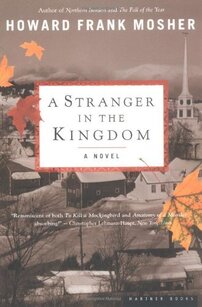
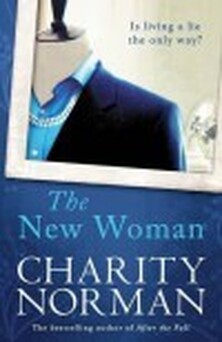
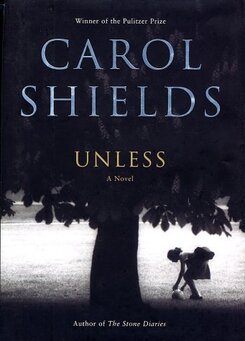
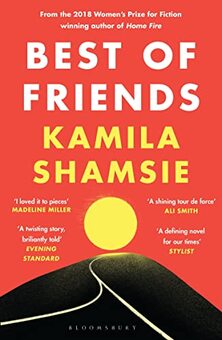
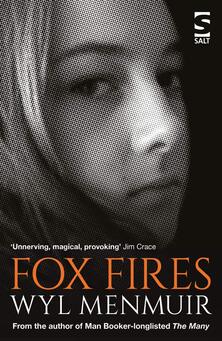
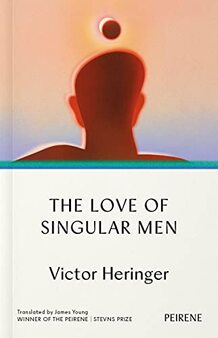
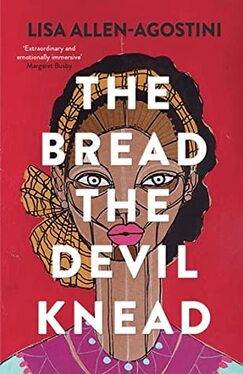
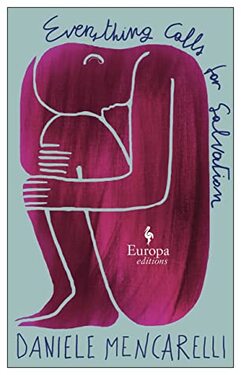
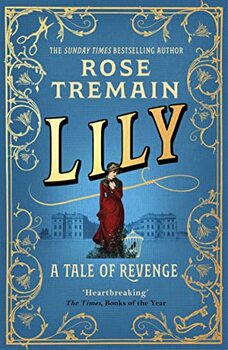
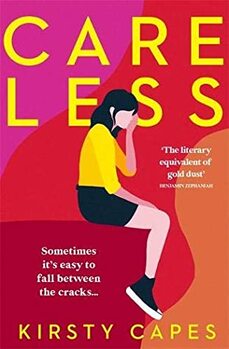

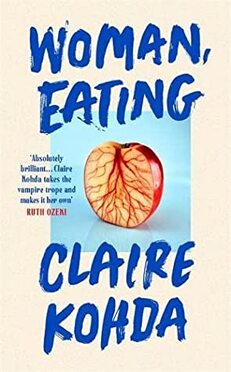
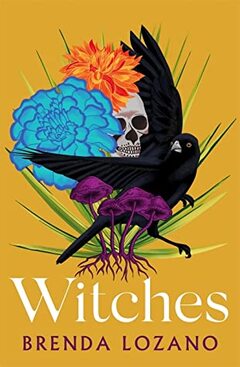
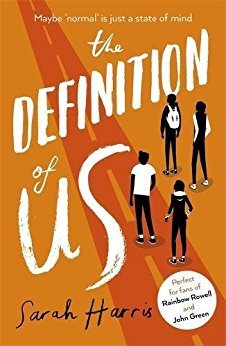
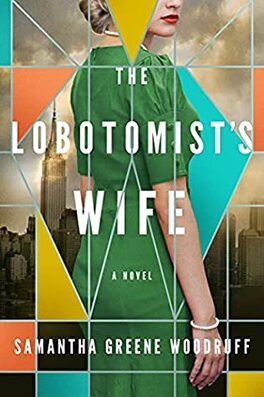
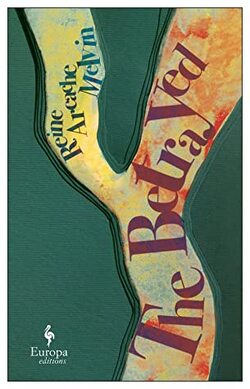
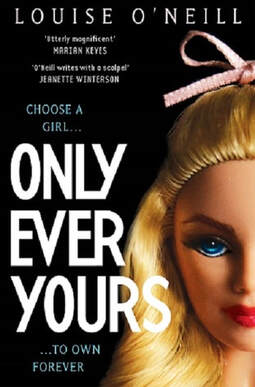
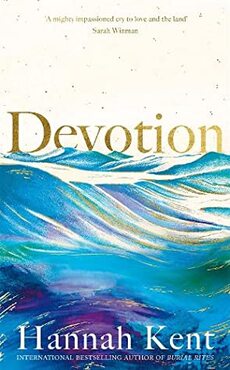
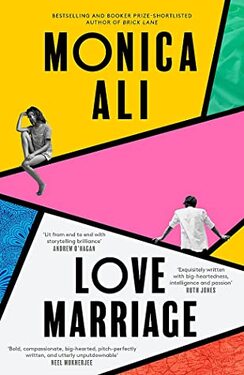
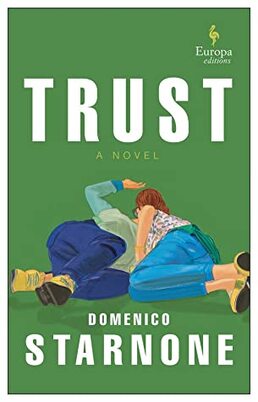
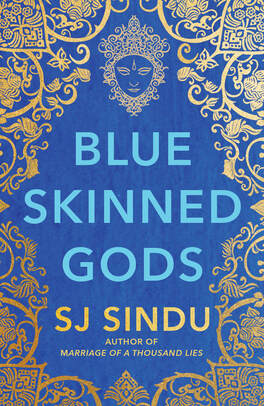
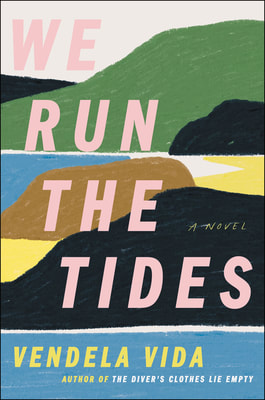
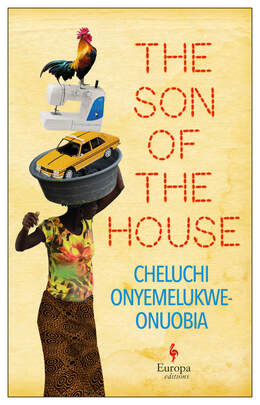
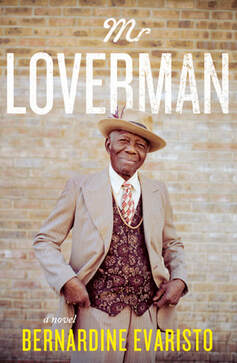
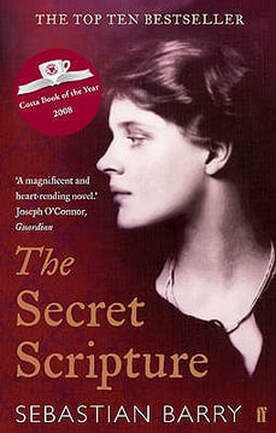
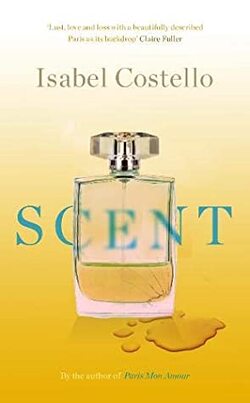
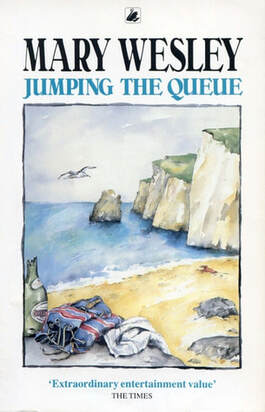
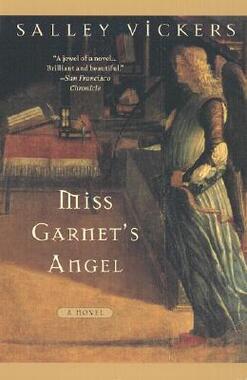

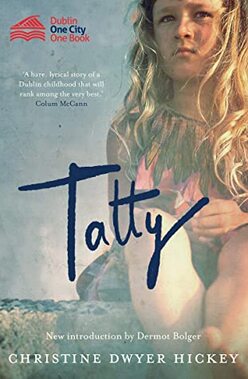
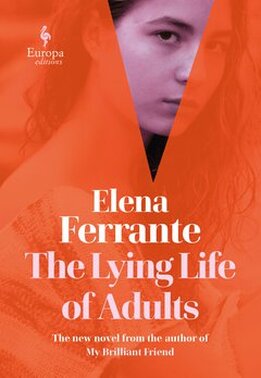

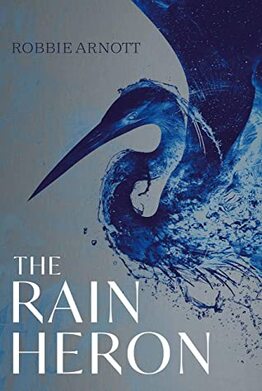
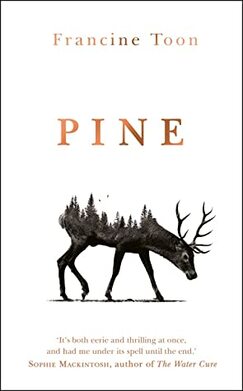
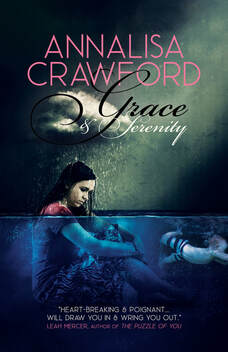
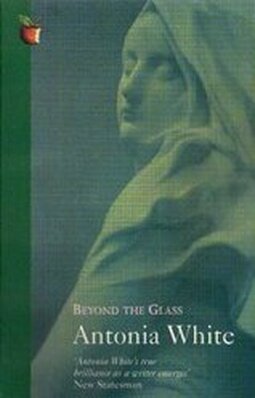
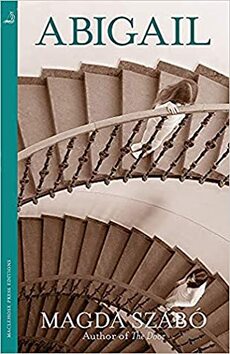
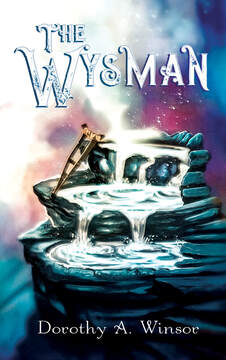
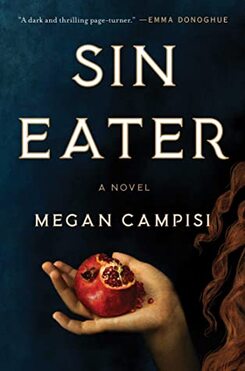
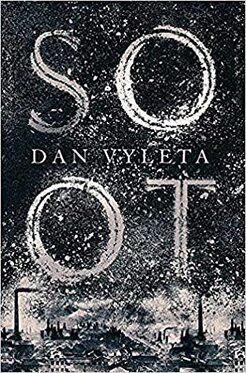
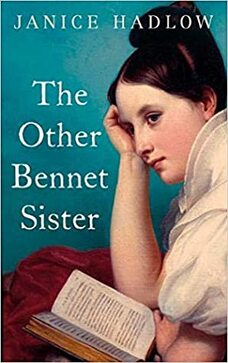
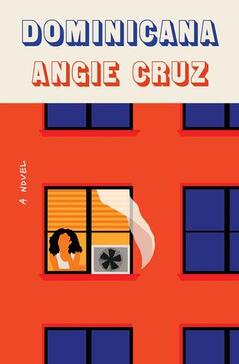
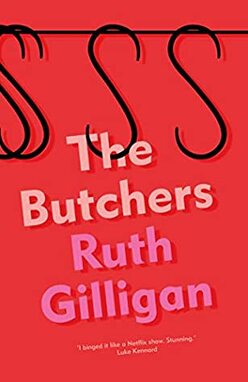
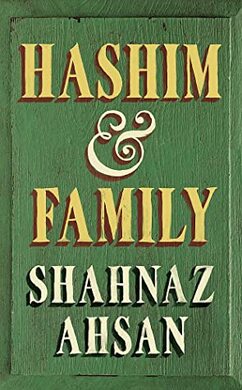
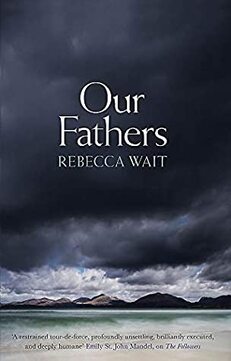
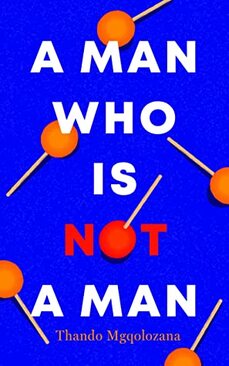

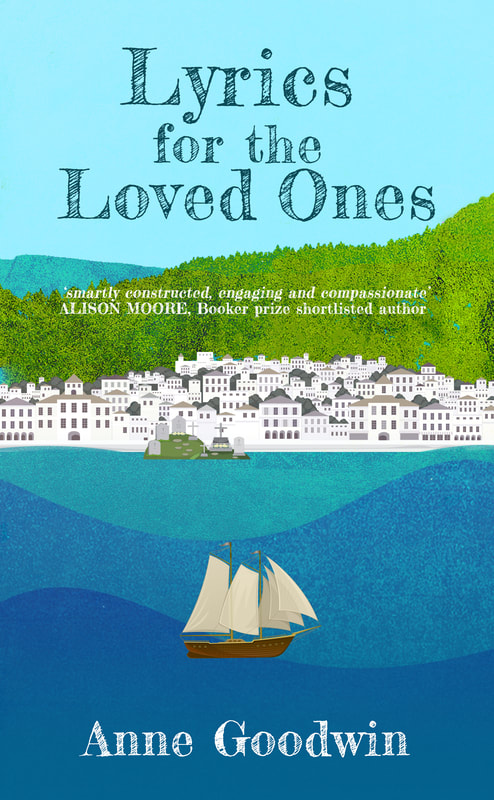
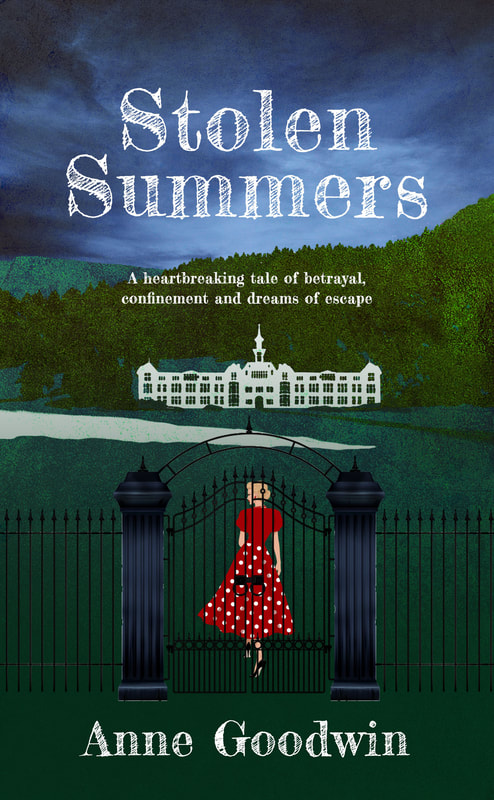



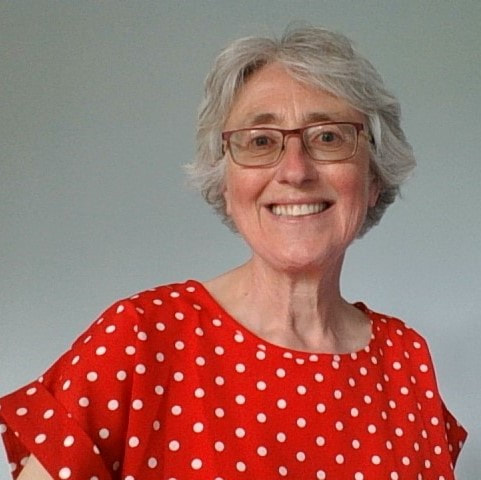
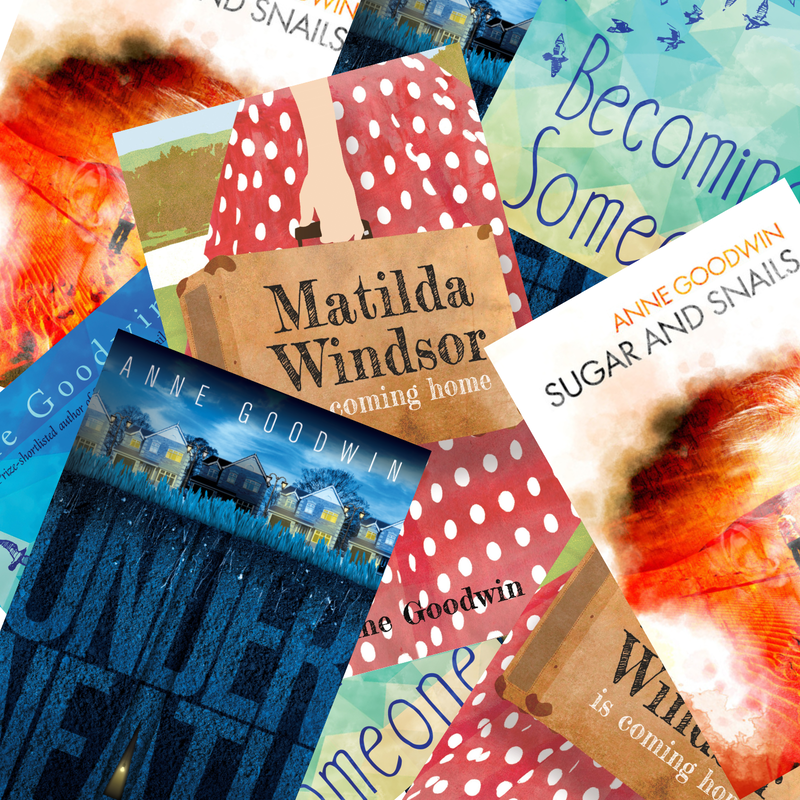
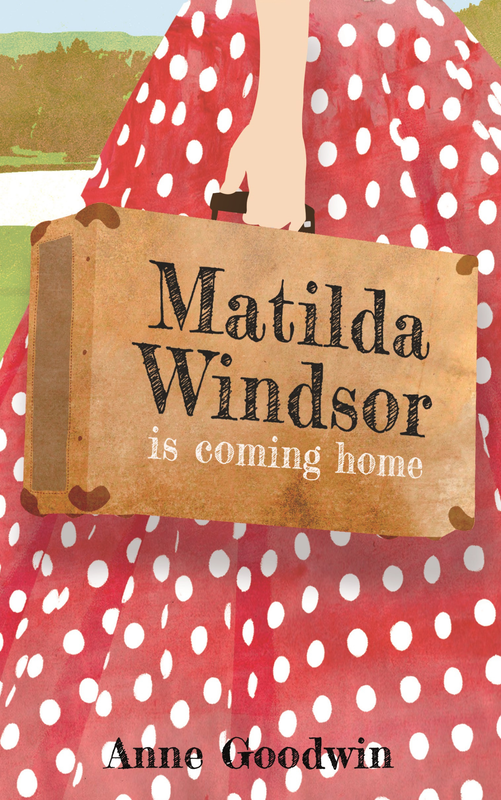
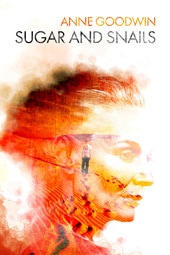

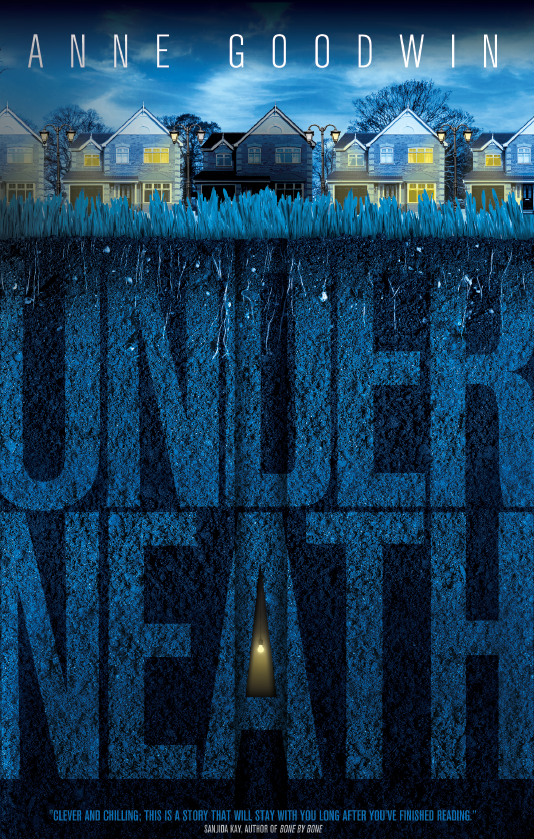
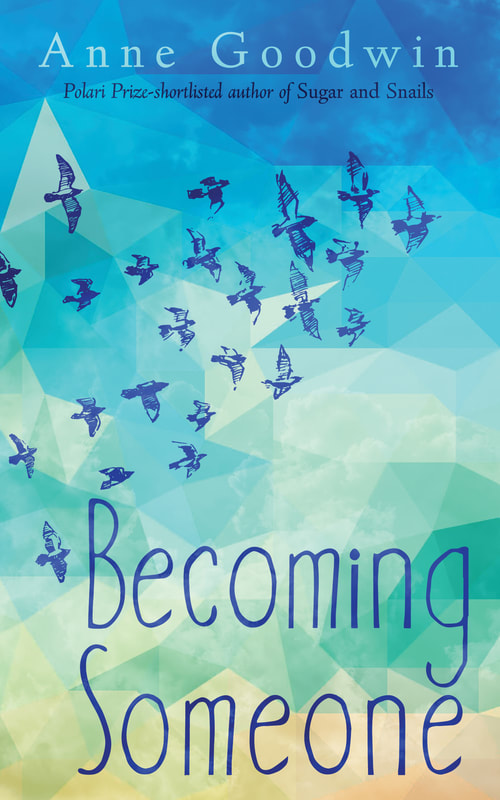






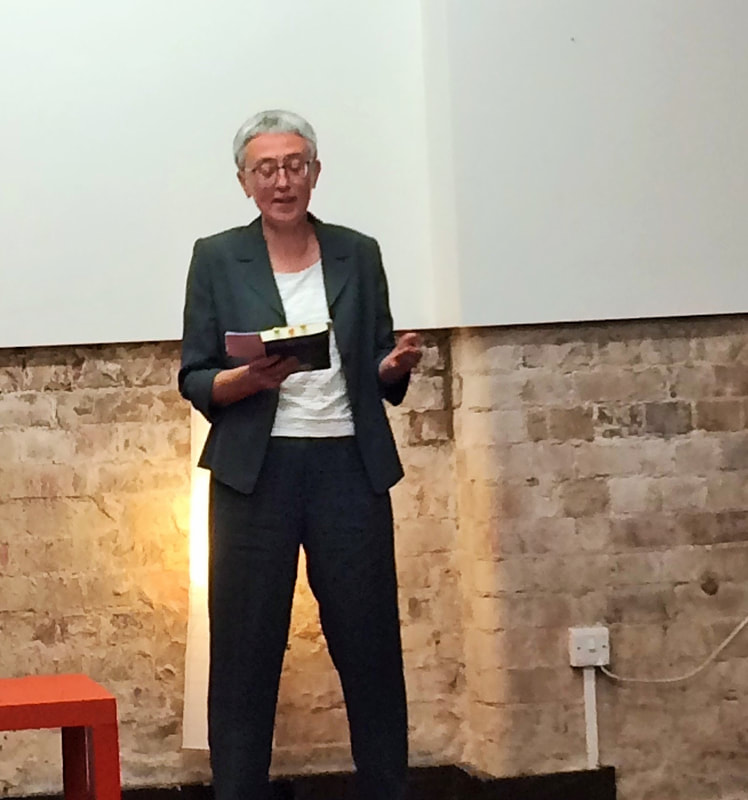

 RSS Feed
RSS Feed

